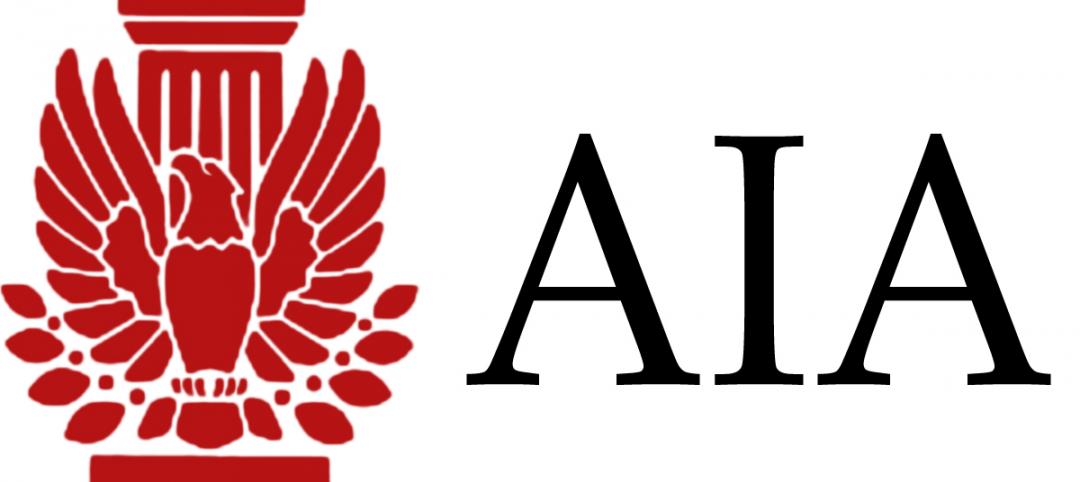The American Institute of Architects (AIA) today announced publication of 2030 by the numbers, the 2016 progress report assessing the work of architecture firms that are part of the AIA 2030 Commitment, a voluntary initiative to commit their practices to advancing the AIA’s goal of carbon-neutral buildings by the year 2030. The report is available and can be viewed here.
The 2030 Commitment represents a key part of the AIA membership's dedication to combating climate change, particularly with the recent U.S. withdrawal from the Paris Agreement. Despite that withdrawal, firms that sign on to and actively participate in the 2030 Commitment continue to directly support the goals of the climate accord, as part of the AIA's position that architects can—and should—mitigate the effects of climate change through policy advocacy, education, and energy modeling.
Key takeaways from the 2016 Progress Report:
- Projects reported an average predicted energy use intensity (pEUI) savings of 42 percent in 2016, climbing from 38 percent in 2015 and continuing the steps forward that the 2030 Commitment has taken over the last few years.
- The AIA 2030 energy target of 70 percent predicted energy savings is ambitious but achievable. In 2016 six firms achieved a portfolio-average predicted energy savings of 70 percent or greater, and 331 individual projects also met or exceeded this target.
- In 2016, the number of reporting firms grew 15 percent to 205. Additionally, with 53 new firms signing on to the Commitment, the overall number of signatories now totals more than 400.
- The potential energy savings from all 2016 projects represent approximately 16.7 million metric tons of greenhouse gas emissions - the equivalent of running almost five coal-fired power plants or powering 1.76 million homes for a year (EPA Greenhouse Gas Equivalencies Calculator).
- AIA data continues to demonstrate that energy modeling is an essential component of success, with modeled projects averaging pEUI reductions of just over 50 percent, as compared to only a 35 percent pEUI reduction for projects that were not modeled. However, as the share of modeled projects declined from 2015, more work is needed to better incorporate energy modeling across the profession.
Since 2009, participants in the AIA 2030 Commitment have reported the performance of their architecture firm portfolios over each calendar year. The data, collected via the 2030 Design Data Exchange (DDx), includes building type, area, baseline energy performance, and predicted energy performance. Among the data points reported are firm participation, total area of number of projects reported, percentage of projects that used energy modeling, and overall progress toward the 2030 goals.
Related Stories
| Jul 18, 2012
Alcoa appoints Hunter Architectural Manager
Hunter to operate with the goal of driving specification, new product adoption and overall demand for the Alcoa BCS North America product range.
| Jul 17, 2012
AIA and Architecture for Humanity select Disaster Response Grant recipients
Awards help each group implement their locally driven preparedness project in the second half of the year.
| Jul 17, 2012
KM/Plaza changes name to Plaza Construction
Lands new projects including the Perry South Beach Hotel and Dadeland Mall Kendall Wing Expansion.
| Jul 17, 2012
Dr. Phillips Charities Headquarters Building receives LEED Silver
The building incorporates sustainable design features, environmentally-friendly building products, energy efficient systems, and environmentally sensitive construction practices.
| Jul 16, 2012
BD+C Under 40 Leadership Summit scheduled
Attendee registration for U40 Summit II now open.
| Jul 16, 2012
Construction spending at 2 ½ year peak
Construction economist Ken Simonson says that four private nonresidential categories each posted 12-month spending increases of more than 25%: power and energy construction, 35%; hotels, 29%; educational and manufacturing, 27% apiece.
| Jul 16, 2012
Chen named design director at Heery
Chen comes to Heery from his own firm, Mark Chen Architect, a design and planning consulting firm, based in New York City, whose recent work includes large-scale planning studies for mixed-use projects.
| Jul 16, 2012
Reed Construction hires new project manager
Fread is a LEED AP and received his degree from Purdue University.
| Jul 16, 2012
Business school goes for maximum vision, transparency, and safety with fire rated glass
Architects were able to create a 2-hour exit enclosure/stairwell that provided vision and maximum fire safety using fire rated glazing that seamlessly matched the look of other non-rated glazing systems.
| Jul 12, 2012
New firm RSK Avanti Partners offers market development services
Full-service consulting firm is focused on working with product manufacturers, designers, specifies and contractors in the building construction market.

















